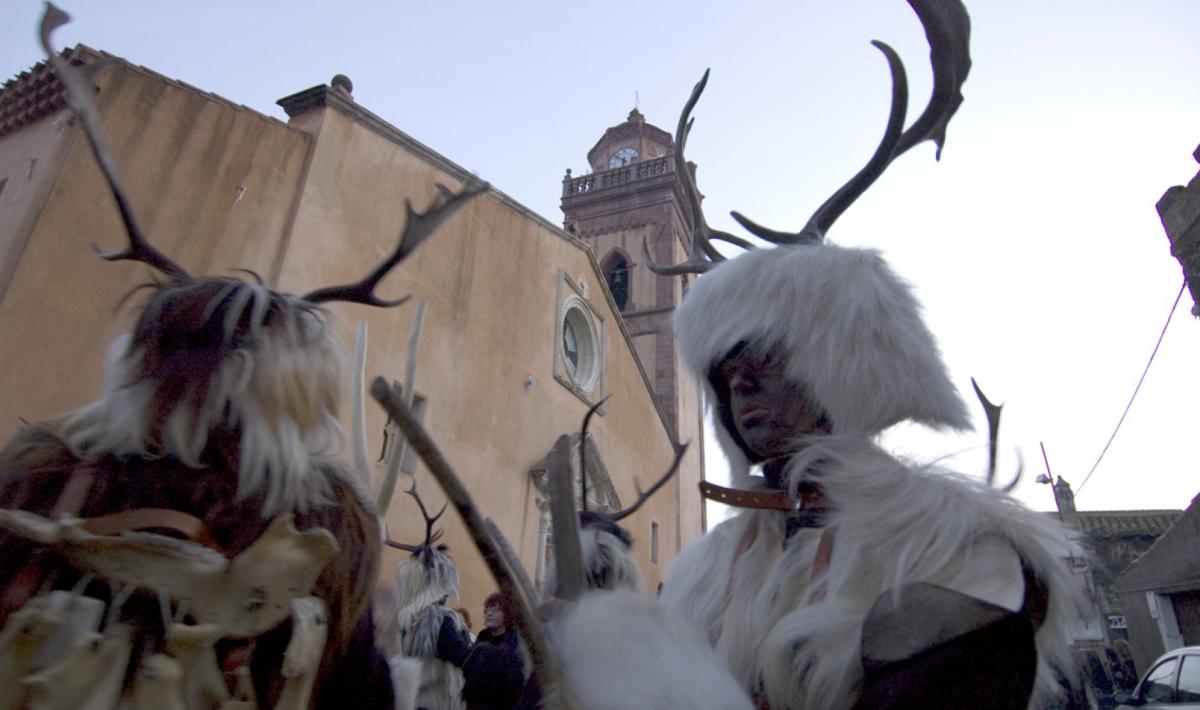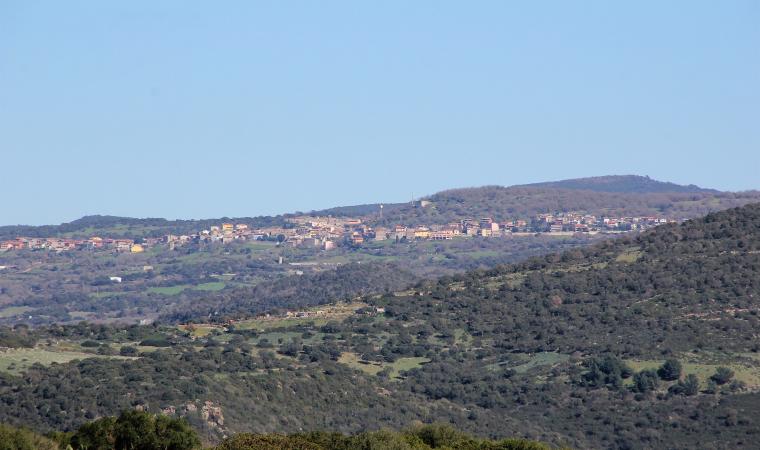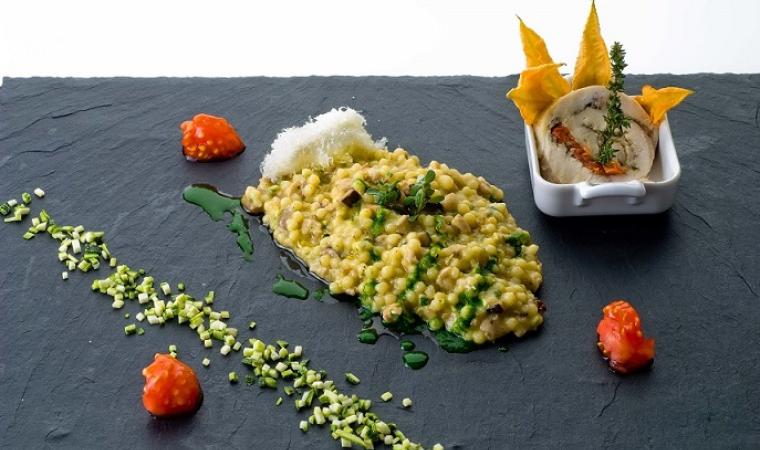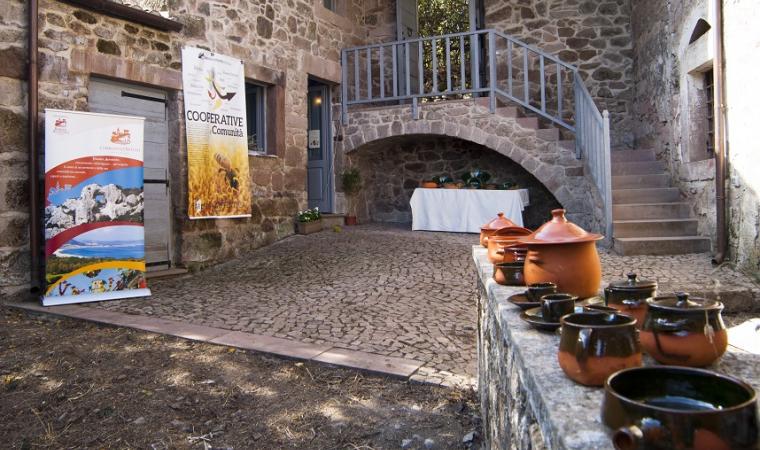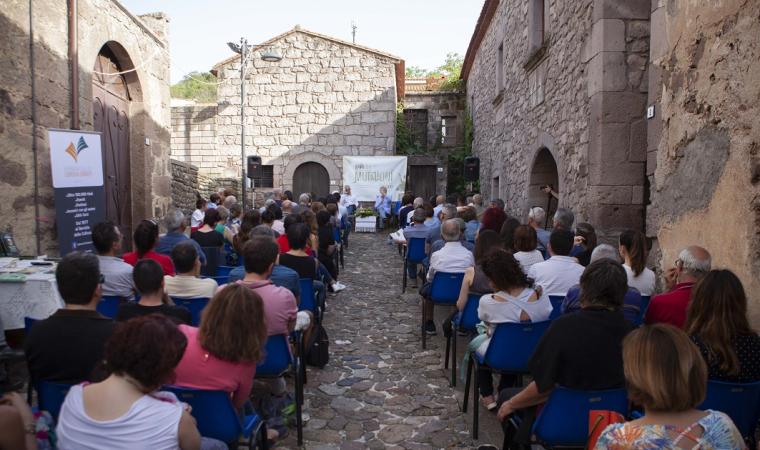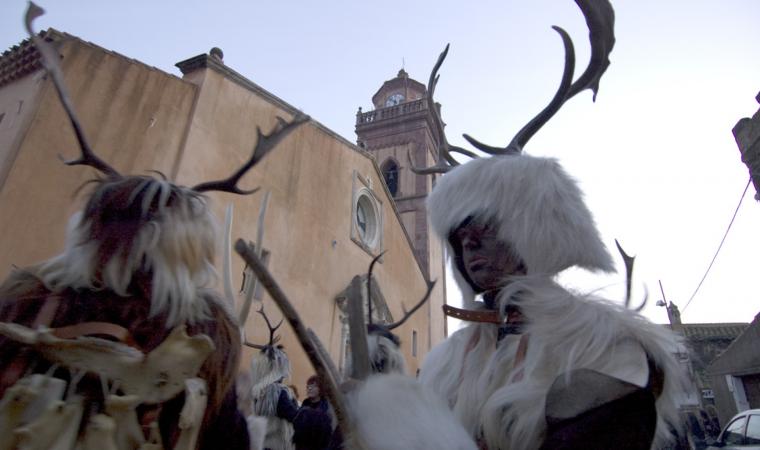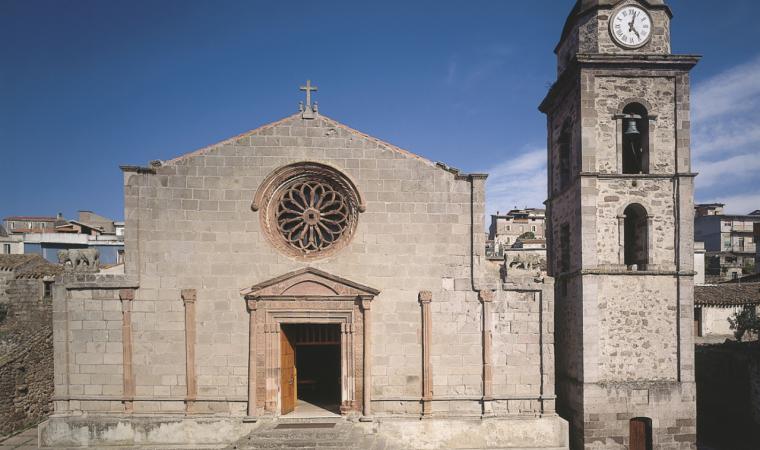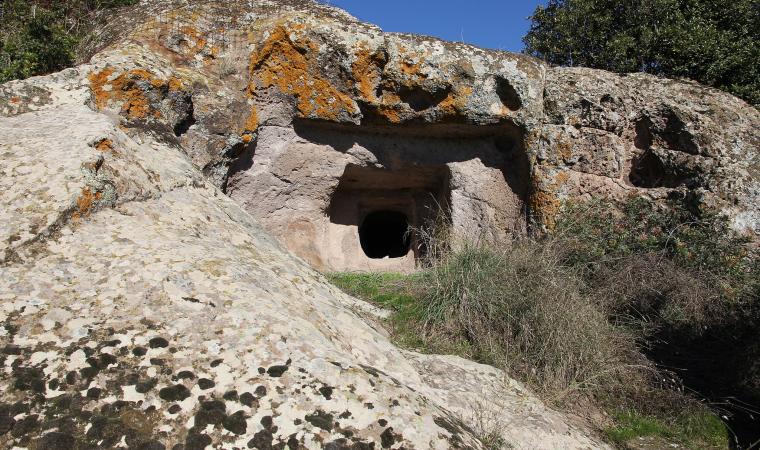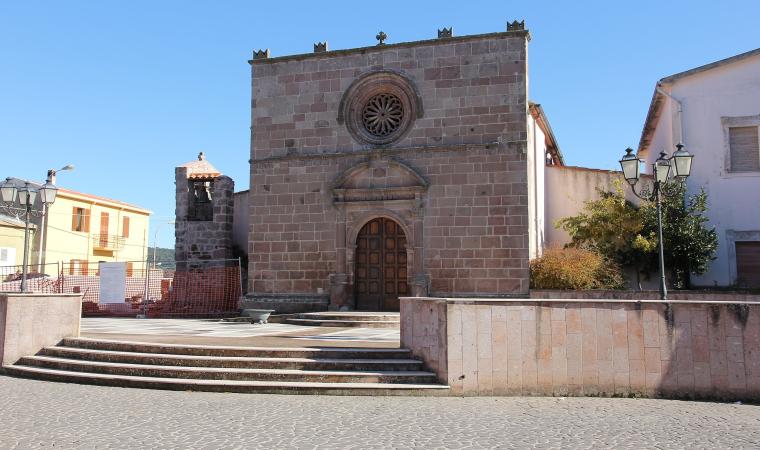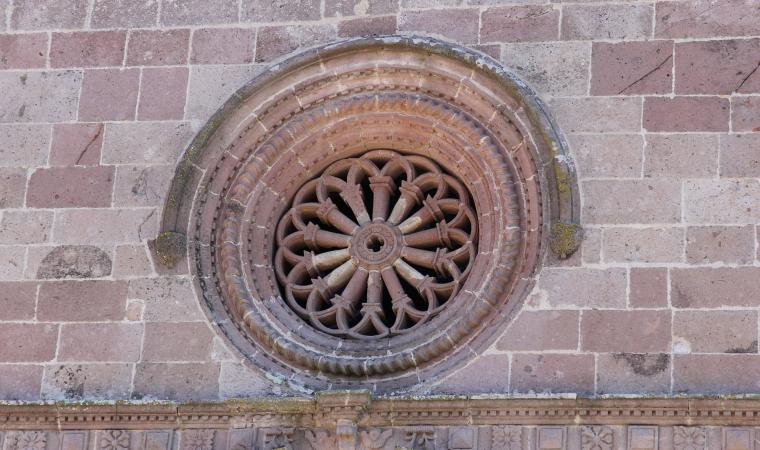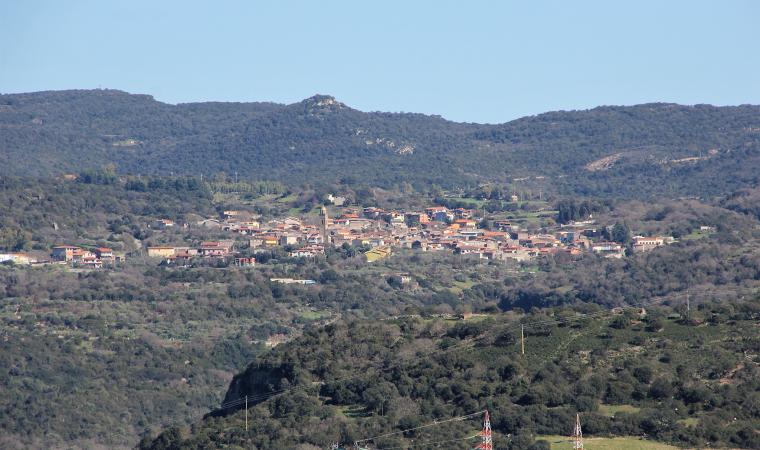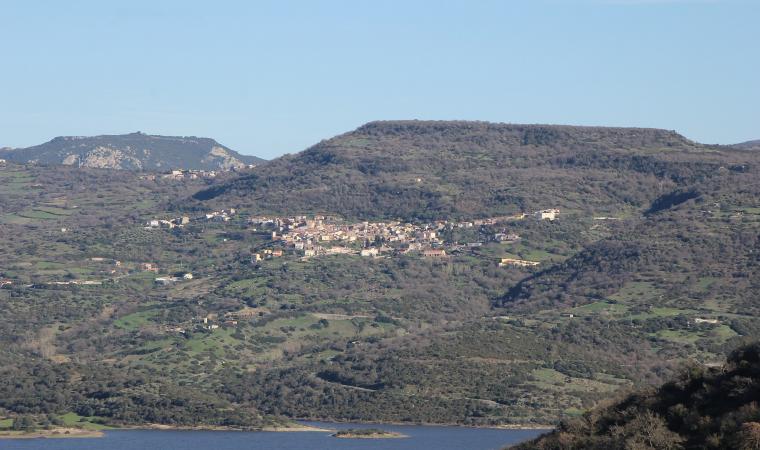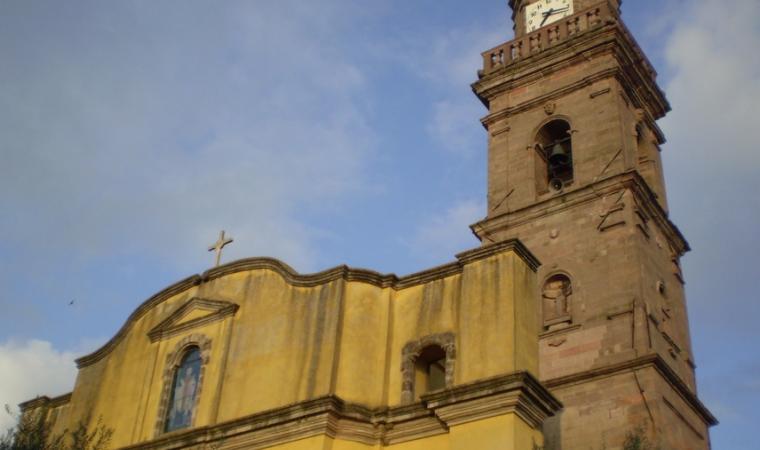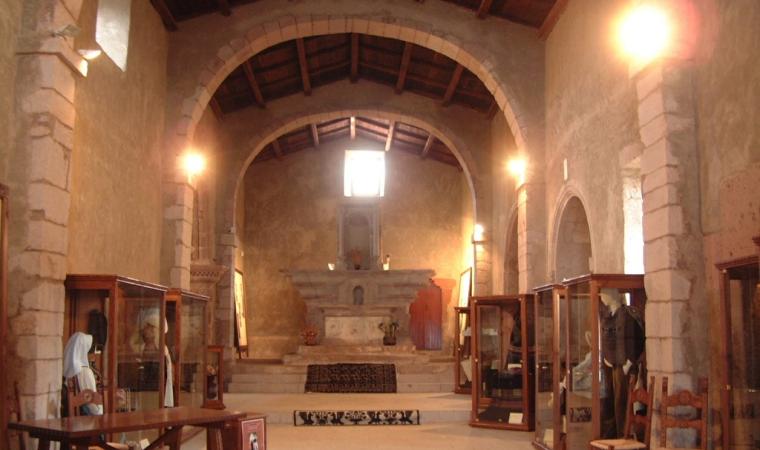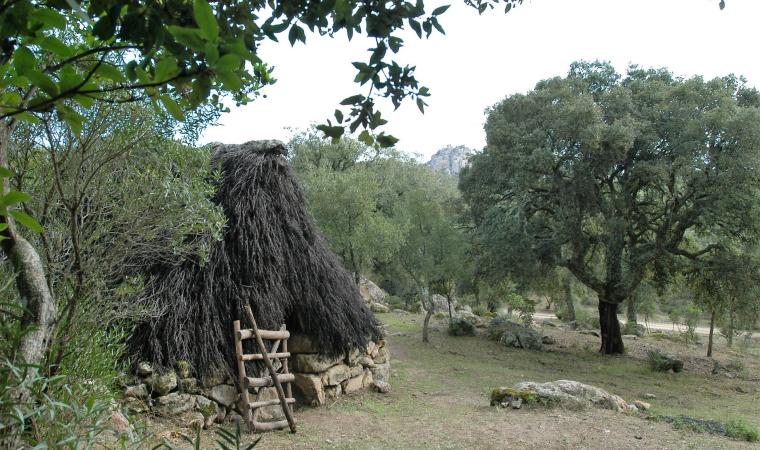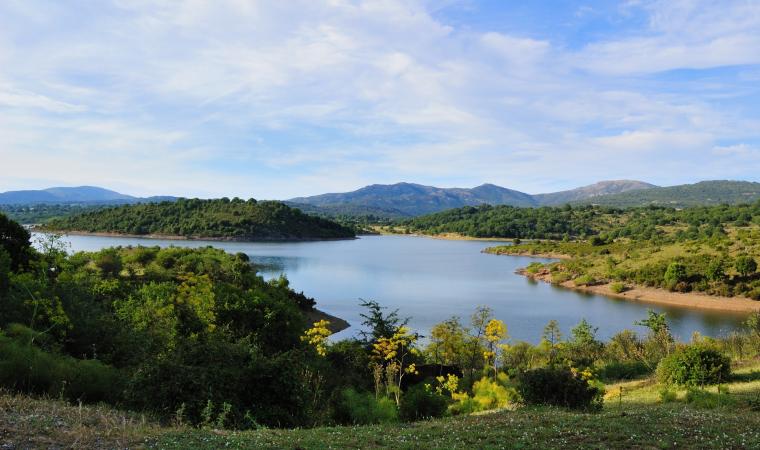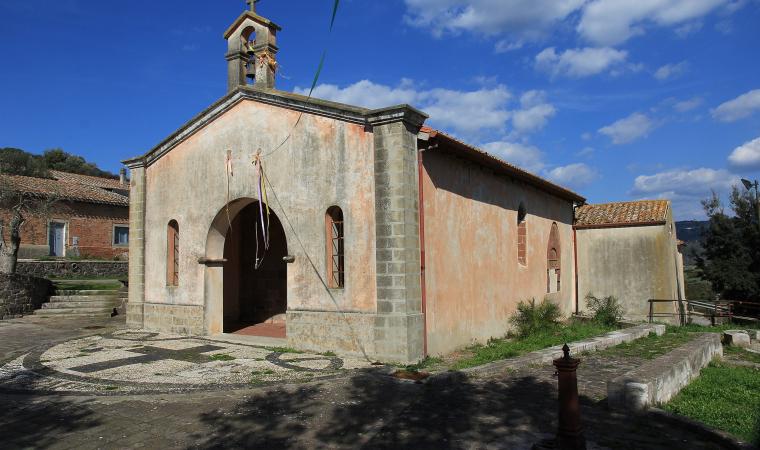Spread across the green hills in the heart of the island, a short distance from the scenery of Lago Omodeo, is one of the largest artificial basins in Europe, with the environment, nature, culture and traditions having rendered it an authentic Italian village. Neoneli is a small town with around 700 inhabitants in the historical territory of Barigadu, documented in the late Middle Ages as Villa di Leunelli (‘Neunelli’), which today owes part of its fame to the Neoneli choir, a polyphonic quartet interpreting the archaic cantu a tenòre, also celebrated thanks to artistic collaborations with the singer-songwriter Francesco Guccini and with the group Elio e le Storie Tese. Adding to the prestige of the town is the wildlife oasis of Assai, almost a thousand hectares of land on the slopes of Monte Santa Vittoria, covered by dense forests of holm oaks and cork oaks and populated by deer and fallow deer. Within the park is the museum of the oasis that exhibits various stuffed exemplars of species of mammals and birds, including raptors and a splendid golden eagle specimen.
The town is characterised by houses in red trachyte, a common local stone, with windows in the Aragonese style and adornments in basalt. These are flanked by artisan workshops, where cork carvers, leather workers and blacksmiths create artistic pieces produced to this day according to ancient techniques. These including Sos Corriolos, masks worn during the ancestral seremonies of the famous Neoneli carnival. A bonfire is lit in the central square, around which propitiatory dances take place. At the centre is the parish church of San Pietro, built in 1611, with its façade in pink trachyte. Within is housed a precious 15th-century silver monstrance and two wooden statues. Highlights on the rich calendar of events are the festivities in the town church of Sant’Angelo (‘s'Angelu’) celebrated in August, and that of Saint Antiocho martyr held two weeks after Easter. The religious processions are surrounded by folkloristic shows, market-exhibits and the famous music of the canti a cuncordu or sa neunelesa. Amongst the village festivals, the Sa Festa de Sa Fregula Istuvada and de Sa Cassola at the beginning of October are not to be missed. Fregola pasta cooked in broth and topped with various layers of pecorino cheese and lard is an excellence of local cuisine based on the local agricultural-pastoral tradition, consisting of simple dishes and intense flavours. There are a range of traditional sweets, often tied to the festivities: tzipulas for carnival, amarettus, seadas, sospiri, soft almond paste pralines, on the occasion of weddings and solemn ceremonies. Unmissable in late September is Licanias, the ‘culture and flavours’ of the rural landscapes, the same inhabited by the Neolithic culture, as evidenced by the Domus de Janas of Puleu, Pranu-Sasa and Su Angiu. The ruins of the Nocurreli, Olisetzo and Pruna Nuraghe date back to the Bronze Age.

